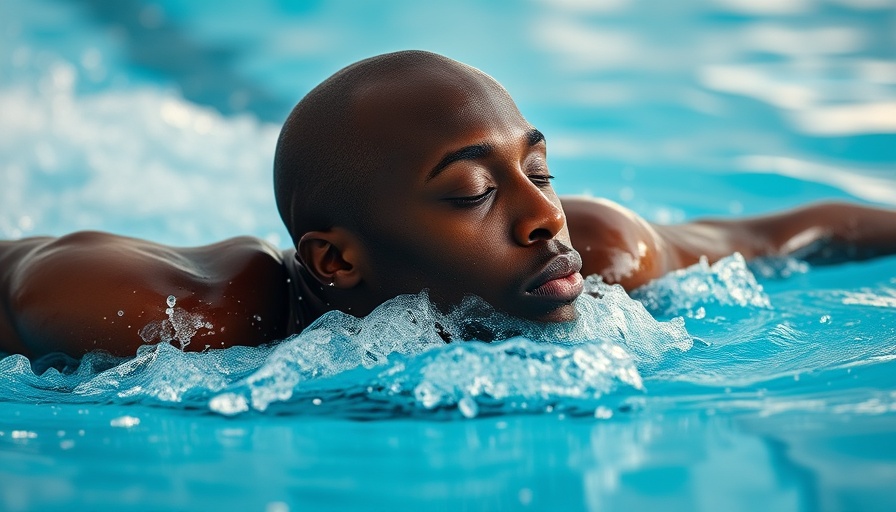
Swimming Against the Tide: The Legacy of Exclusion
Generations of systemic barriers have impacted Black Americans' ability to swim, leading to significantly lower swimming proficiency compared to their counterparts. The historical exclusion from pools, rooted in segregation, has left an indelible mark on communities. According to the Centers for Disease Control and Prevention, over one-third of Black adults report not knowing how to swim, contributing to alarming drowning statistics. Understanding this history is crucial as it informs current efforts to enhance water safety and swimming confidence.
Rebuilding Confidence Through Community Initiatives
Across the nation, numerous organizations are actively working to provide swim lessons to underserved communities. These social initiatives focus not only on teaching swimming skills but also on rebuilding the confidence lost due to decades of exclusion. Programs designed specifically for Black Americans aim to create a safe and welcoming environment, thereby shattering the fears that have prevented many from engaging with water sports.
The Importance of Water Safety Awareness
As more advocates and instructors champion the cause of water safety, the emphasis on teaching swimming skills becomes ever more essential. Drowning remains a significant public health concern, especially for Black children, who are at a higher risk. Community programs play a critical role in minimizing this risk while promoting physical activity and enjoyment. Furthermore, raising awareness about these disparities and offering practical solutions can save lives and help reclaim the joy of swimming.
 Add Row
Add Row  Add
Add 




 Add Row
Add Row  Add
Add 



Write A Comment